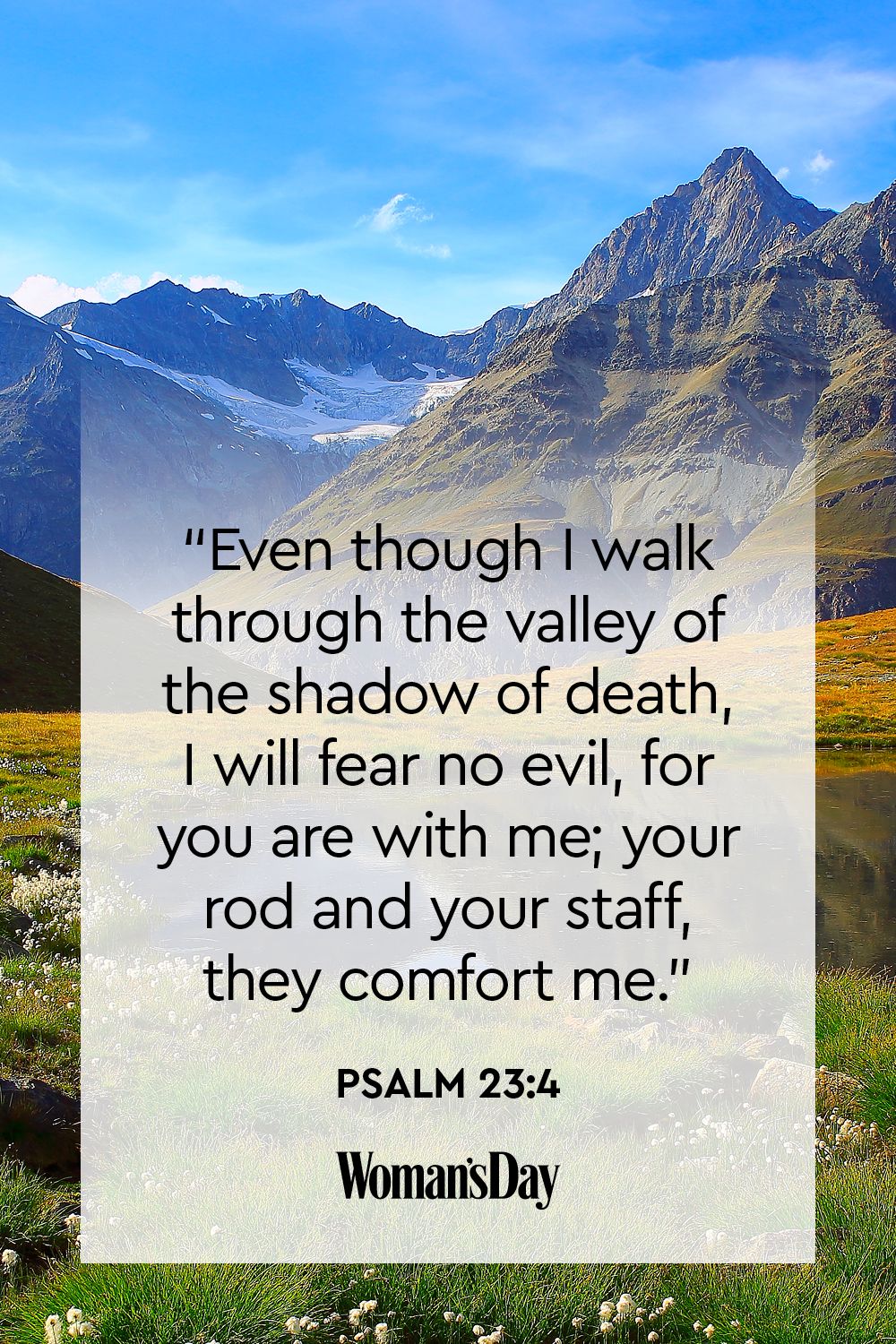

Note that we are as free as the mind allows. Still, how can we feel safe when what we are avoiding can invade our thought process and manifest in our actions without our control? Embracing the shadow archetype is inevitable. We feel safe by ignoring the unknown aspects of our lives, hoping they will disappear. It is an image that fits the narrative that we decide to expose.įurther, social conditioning helps us construct a fallacy that we can keep the substrate of our constructed identity stable. However, we remain willfully blind to it, conceal or camouflage it in a painful attempt to protect our self-image.

Now, most of us acknowledge the shadow archetype as an integral part of our existence. The Fear of Embracing Our Shadow Archetype Yet, the shadow becomes invisible when light appears. It forms darkness and distance from the body, something not many of us are eager to confront. Hence, Jung describes the shadow archetype as dark and elusive, impossible to catch, and alters its size depending on your current life circumstances. Such visual imagery creates anchors with concepts already familiar to human cognition. Further, he uses the symbolism of the shadow to portray this complex idea of the shadow archetype seamlessly and visually. Carl Jung refers to it as a moral problem that challenges ego-personality. The shadow remained an intriguing topic amongst scholars. Only then can we begin to understand ourselves and experience a personal awakening and authenticity. It is about recognizing the dark side of your personality as present and real. It takes intentional moral effort to become conscious of your shadow. In particular, the shadow archetype consists of life and sex instincts constantly challenging the ego-personality. The other categories of the Jungian archetypes include the persona, the self or ego, and the animus. As popularized by Mark and Pearson, these are inborn personalities emanating from the collective unconscious. The shadow archetype is one of the four main categories of the Jungian archetypes that influence human behavior. His work would constantly evolve to produce a comprehensive analysis of such concepts as the ego, the shadow, the archetypes, and the anima and the animus. Hence, Jung traveled severally to India and immersed himself in different spiritual practices. That way, he hoped to discover ways to transcend the human condition. Are you willing to meet your shadow archetype? Origin of the Shadow ArchetypeĬarl Jung, an influential psychologist of the previous century, is one of the few people that tried to bridge the notion of psychology and spirituality. Besides, it can look small or big depending on your perspective on life. Yet, this dark side often referred to as the shadow, will always be there. See, most people opt to focus on their bright aspects and suppress the dark side of their personality. It is a melody that many of us opt to listen to on one side only. In your narration, you are both the bright and dark aspects orchestrate the melody of your life. In every story, there is a hero and a villain.


 0 kommentar(er)
0 kommentar(er)
